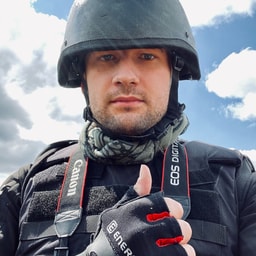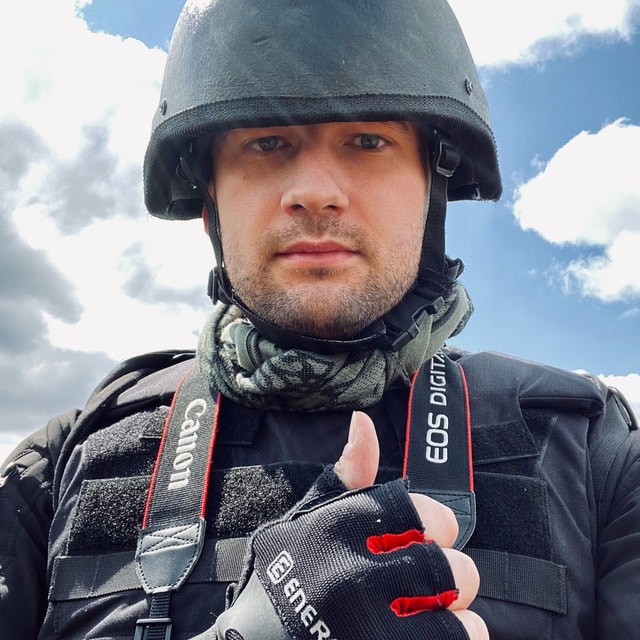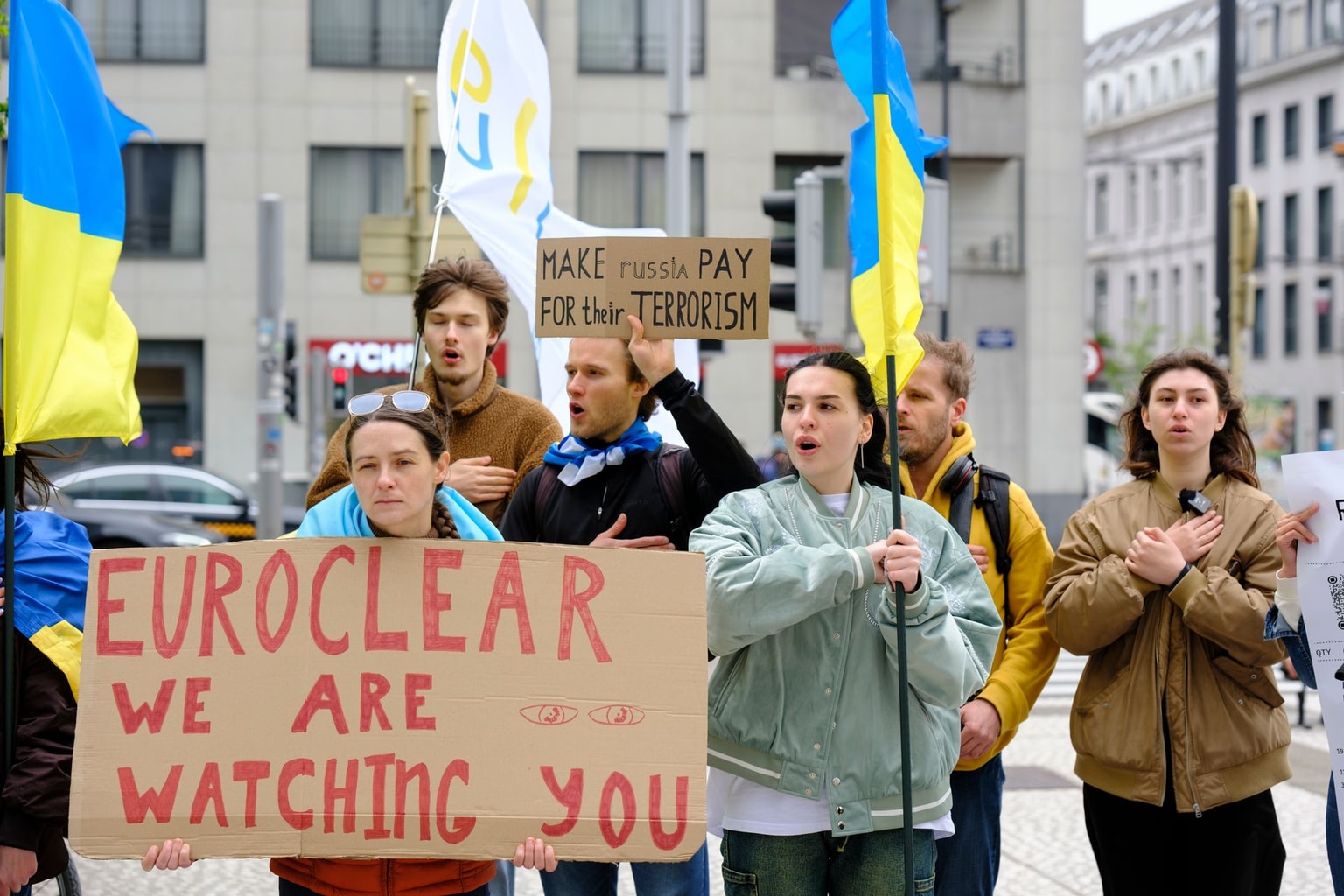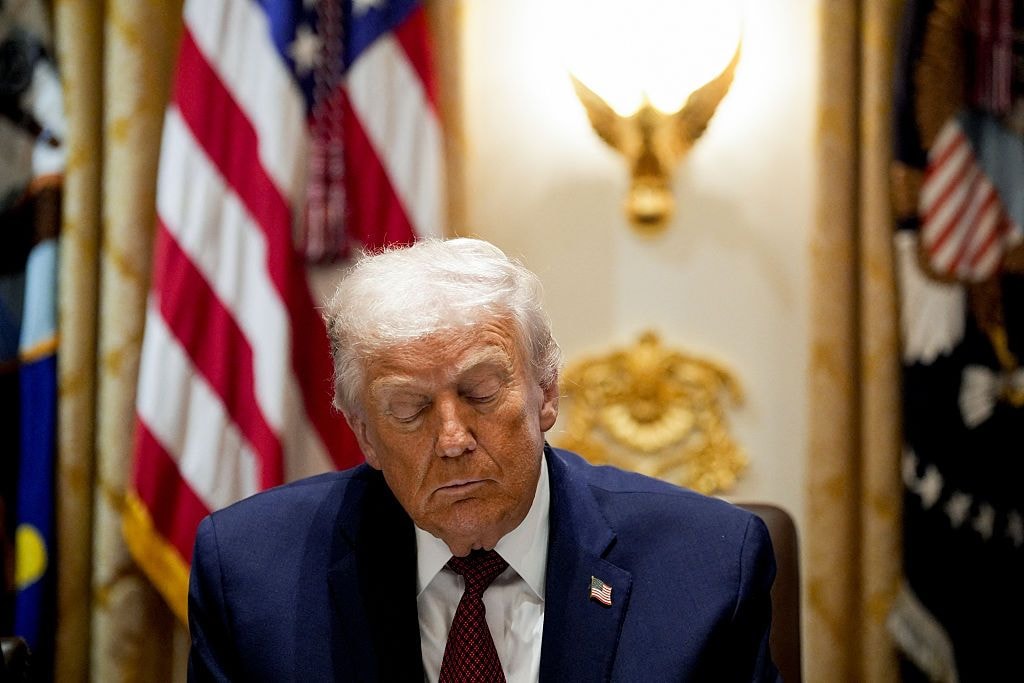Illia Ponomarenko: Even if Russia attacks, Ukraine’s fall is not predestined
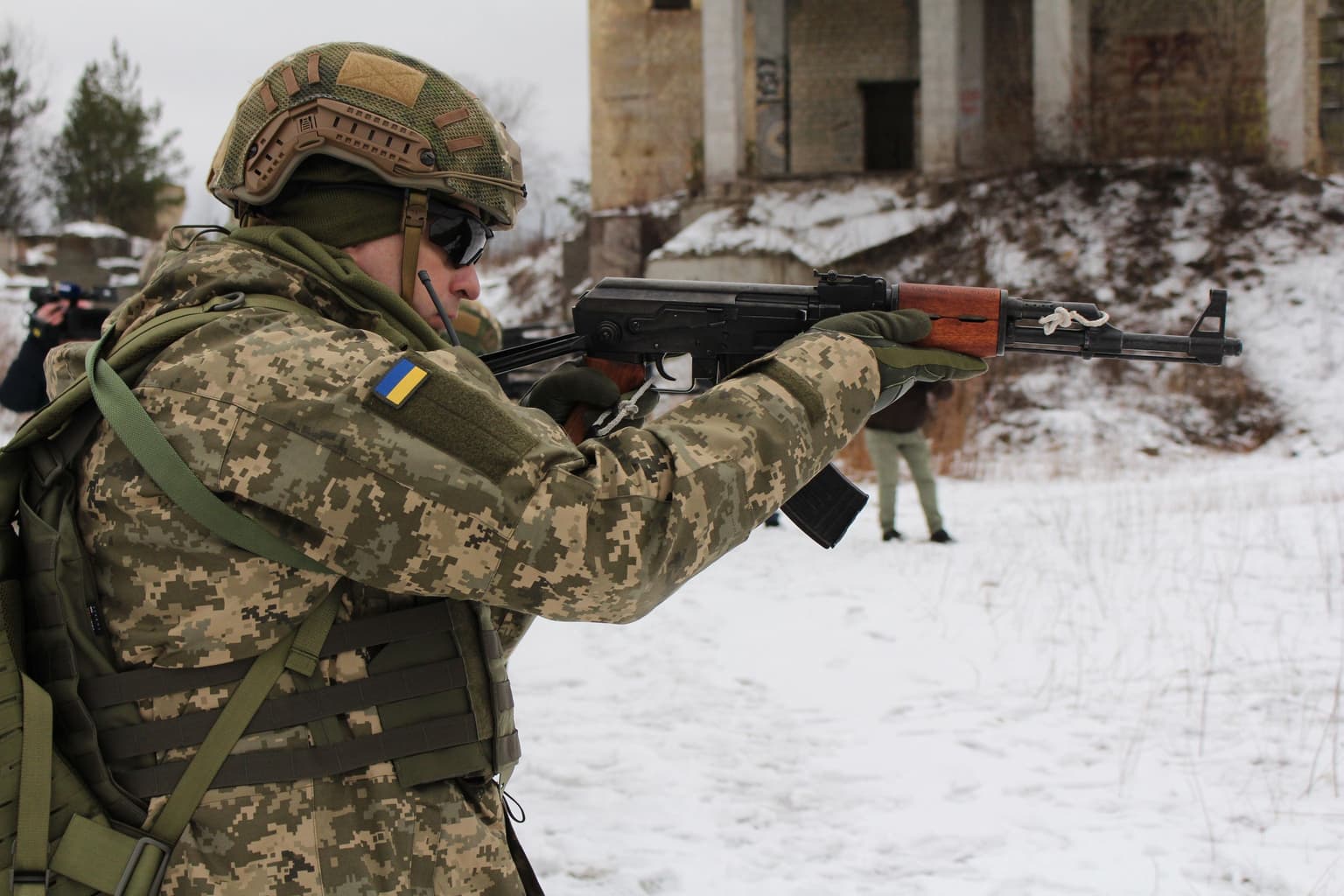
Editor’s Note: The opinions expressed in the op-ed section are those of the authors.
It’s important not to lose the battle before it even begins.
Right now, the Russia-instigated security crisis in Ukraine is threatening to become an all-out war of occupation. Against all the voices of reason, Russia’s military force, over 130,000 strong, might be days or hours away from attacking Ukraine.
It is unbelievable this is happening in Europe in the year 2022. Those who cried “Why can't we give Russia what it deserves” can thank Vladimir Putin in Moscow for this.
What may happen soon would go down in history as one of the most tragic pages of this century.
The occupation of most of Ukraine, the downfall of a young democracy, millions of refugees fleeing west, killings, a pro-Russian puppet ruler in Kyiv, the death of all hopes and dreams for the Ukrainian nation.
To many in the world, Ukraine seems to be doomed. But I refuse to accept that the situation is that simple. It’s not because I blindly deny the danger.
In this complex reality, our path towards complete downfall is not going to be as straight and inevitable as the media sometimes present it to be.
In other words, Ukraine’s fall is not predestined — at least, as long as the nation does not accept it without a fight.
We in Ukraine might be standing at the gate of hell, but Russia is facing a nightmare as well. Millions of things can go wrong, turning another one of the Kremlin’s “splendid little wars” into a nationwide catastrophe for Russia.
Read also: Want to help Ukraine’s military as a foreigner? Here’s what you can do
This is not 2014, when Russia took Ukraine by surprise. Ukraine is not easy prey anymore.
The maps published in the media showing giant arrows of Russia’s multi-pronged strikes towards Ukrainian cities look scary. But they shouldn’t be taken literally.
The problem is that, for instance, as part of their rush between Belarus across the Chornobyl Zone to Zhytomyr (as predicted by many media outlets), Russian troops would have to pass hundreds of kilometers of dense forests and swamps. Not a very good lane for a supposed blitzkrieg.
Also, near Zhytomyr, Russians would have to deal with the famous 95th Airborne Brigade, one of Ukraine’s best combat formations.
South of Kyiv, in Bila Terkva, there would be the 72nd Mechanized Infantry Brigade — one of Ukraine’s most battle-hardened and aggressive formations, with which I have spent some time in the trenches of Donbas.
In Dnipro, Russian forces can expect a hot welcome from the legendary 93rd Mechanized and the 25th Airborne brigades. In Mykolaiv, the 79th Airborne is on guard.
Scary invasion maps published in Western media somehow fail to mention all this.
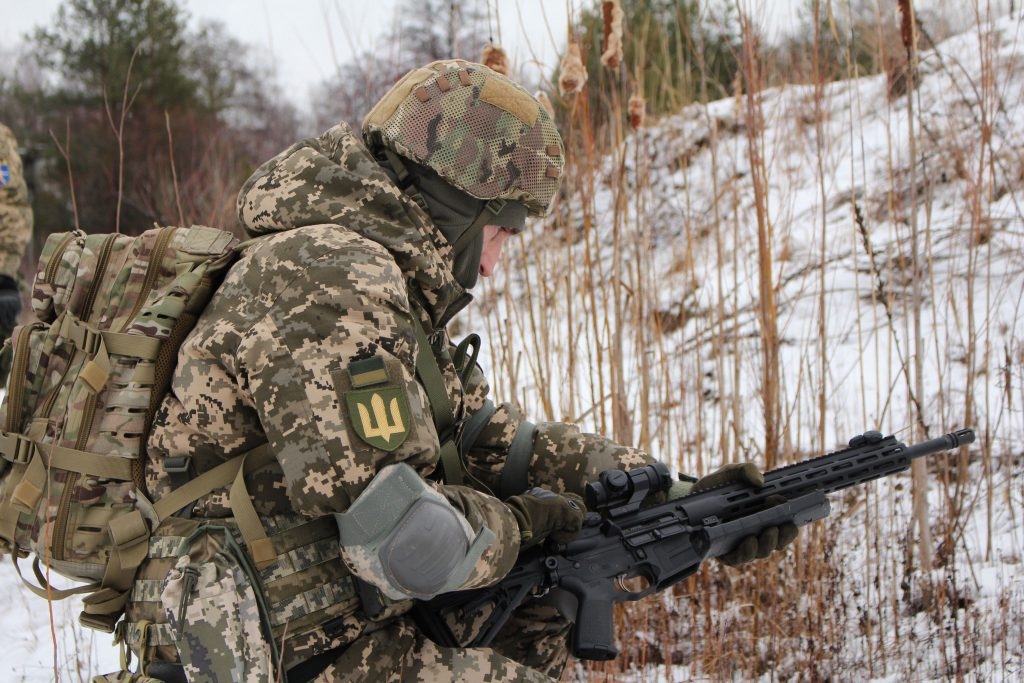
And we’re only touched on several formations out of Ukraine’s nearly 250,000-strong military, plus nearly 50,000 National Guard troops, many of whom have real hard-won combat experience from 2014-2015. Add to that tens of thousands of combat-hardened veterans in civilian life, who also know what to do if the worst comes.
Back in 2014, when Russia took Crimea and started a war in Donbas, the nation was beheaded and disorganized and the military barely existed as an organized institution.
Even so, Ukrainian society produced dozens of self-organized volunteer battalions of former taxi drivers and programmers that fought fiercely, often dressed in sneakers and hunting fatigues.
Ukraine has proved once already that it can self-mobilize and fight. Just try and imagine what happens if Russia unleashes an all-out war. According to estimates, Ukraine might end up with nearly 500,000 armed men and women.
Don’t forget that Ukrainian combatants would be fighting on their land — unlike their Russian adversaries, many of whom would be taken from Russia’s Far East. I don’t recommend underestimating the rage of the doomed fighting for their families and their homes.
Thinking Russian tanks will make it to Kyiv in a couple of hours like a Ford Focus on a good highway is wrong.
It is true that Ukraine’s military is still full of flaws and problems. But morale is very high, the organization is strong, and the command team led by Lieutenant General Valeriy Zaluzhniy is the best it’s ever been since the war began.
Similarly, the chemistry between the military and the Defense Ministry led by Oleksiy Reznikov is strong like never before.
It is true that Russia would certainly enjoy full supremacy in the air and start its offensive with devastating missile attacks – Ukraine’s woeful air defense will have a hard time countering these.
Read also: Who can and can’t join Ukraine’s Territorial Defense Force
But even here, there’s a possible antidote.
The most basic option is to use small groups tactics. To put it simply, the Ukrainian military and paramilitary could disperse into small squads, barely noticeable to enemy reconnaissance.
They would exhaust the Russians with surprise harassment, striking seemingly from nowhere. They would disrupt Russian supply chains, bogging them down in a long and extremely brutal war no one wants to be in.
It’s also time to mention the Western-provided advanced anti-tank and anti-aircraft weaponry. Behind every ruin, tree and blade of grass, there may be a Ukrainian squad with launchers, waiting, ready to turn Russian armored convoys into smoldering piles of scrap.
A smart plan of blitzkrieg, as it usually happens in history, would prove to be smart only on the military headquarter maps. And time would be on our side.
Western media sometimes wonder why Ukrainians are not freaking out or going panic shopping. The thing is that in the face of the grave threat, the general population remains calm and stable.
While Russia’s massive psychological operation is disturbing the international diplomatic and business communities in Ukraine, it’s not meeting its goal to demoralize and divide the Ukrainian population.
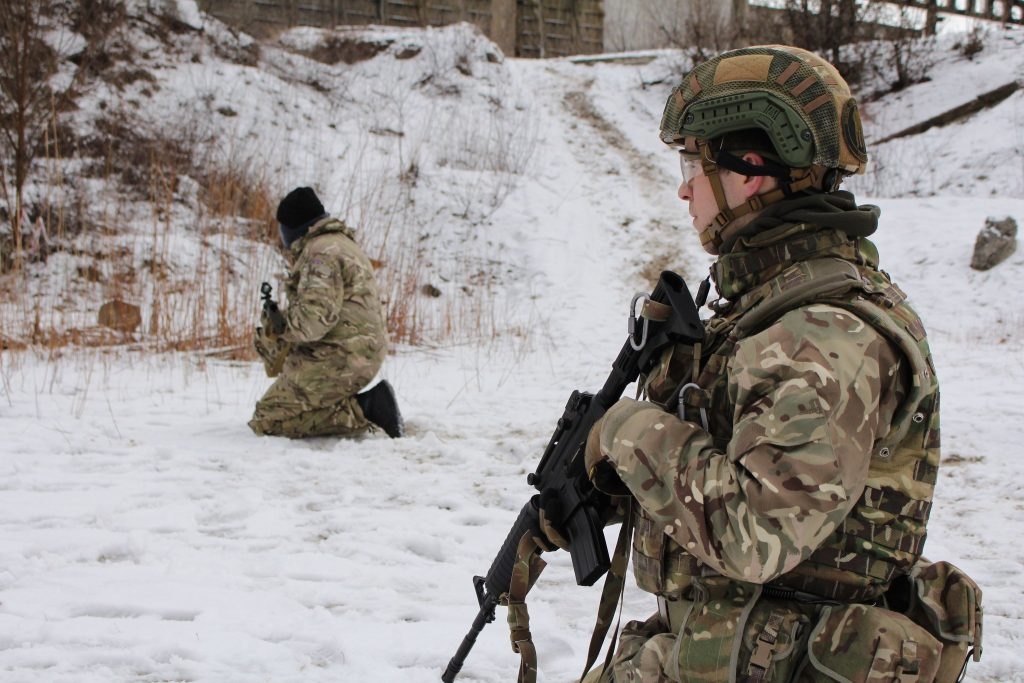
It’s just not 2014 anymore.
Notice how no one’s even mentioning the old concept of “Novorossiya” (“New Russia”) extending from Odesa to Kharkiv. After eight years of war in Donbas, pro-Russian sentiments in Ukraine are lower than ever before.
It goes without saying that an all-out war will force Russia to face an angry population of 40 million distributed through a country the size of France. According to a Feb. 15 poll, 58% of Ukrainians say they are ready to offer resistance to Russian occupation, 37% of them said they’d want to take up arms. Ukrainians’ decisiveness grows: in a December poll, these numbers were 50% and 33%, respectively.
According to estimates by Ukraine’s military and many defense specialists, the Russian military force of over 80 battalion tactical groups, or nearly 130,000 personnel, concentrated near Ukraine, in Belarus, and occupied areas of Ukraine is not even close to being enough to fully occupy the country.
And without occupation, any plans to install a pro-Russian puppet government in Kyiv are just not realistic. Without Russia’s constant, indefinite military presence, such a collaborationist leadership would have zero chance to survive even one day in Ukraine.
Should Putin make the decision to invade, the Russian nation faces a horrific perspective as well.
Tens of thousands of soldier coffins coming back to all parts of Russia, crushing economic sanctions directly affecting the lives of regular people, complete political isolation and status as rogue nation waging an openly aggressive war of conquest.
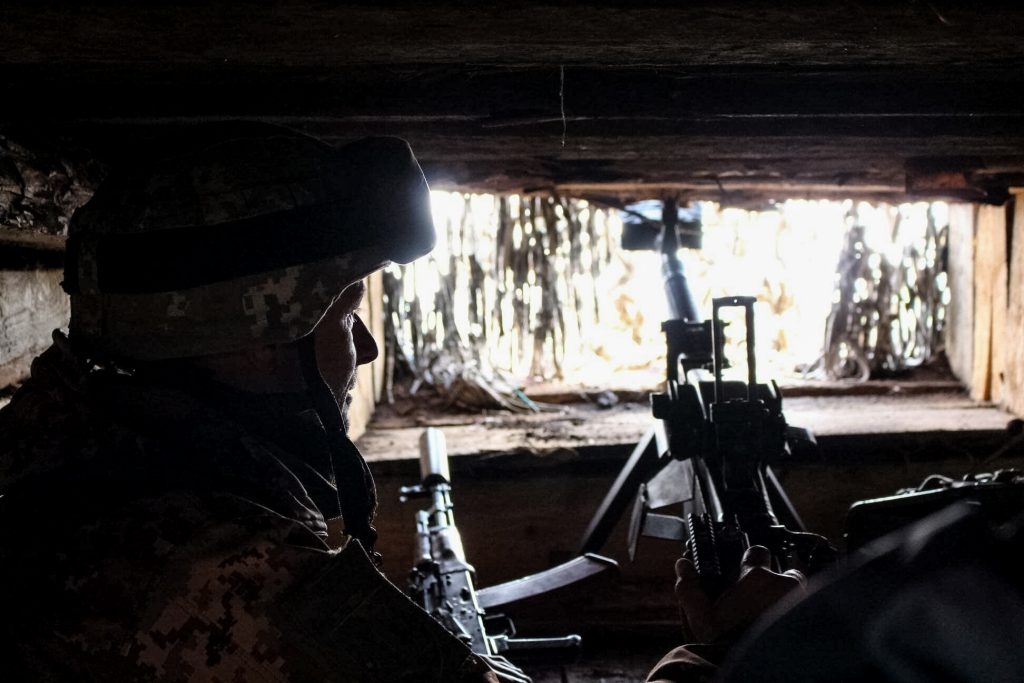
This is not going to be the war in Donbas, where Russian paratroopers were killed in Debaltseve and buried secretly, with their families paid for their silence. And this is not going to be Syria, with the involvement of Wagner mercenaries no one cares about.
In addition, the Russian war on Ukraine would be the ground zero for a global economic crisis affecting many industries ranging from air transportation to gas and oil. It would cause food shortages around the globe, cutting people off from Ukraine’s bountiful harvests.
Considering just these very basic factors, a full-fledged Russian invasion is like an equation with so many unknown variables, its solution cannot be predicted.
Read also: Why Russia wants autonomy for occupied Donbas (and why Ukraine doesn’t)
The situation, for all of its complexity, leaves Ukraine with many stepping stones to use against Russia in any scenario.
In other words, even if Russia throws its armies at Ukraine, nothing is over. No defeat or catastrophe would be final.
Even if Putin kisses the last bits of common sense goodbye and gives the order for the military to attack Ukraine tomorrow — can we be sure that the Russian military, and especially the Kremlin’s inner circle of multibillionaires, would gladly jump to execute it?
General Valeriy Gerasimov, Russia’s chief of general staff, knows such an action would be a disaster. For Russia’s top billionaires behind the throne, with all of their kitsch mansions in London, their villas in the French Riviera, their luxury apartments in Miami, their kids in Oxford, and their billions in Swiss banks, it’s the last thing they want.
Are we sure they would not stage a silent palace coup to save what they have stolen from the Russian people if the Kremlin lunatic decides to make his worst mistake?
Nothing is predestined for Ukraine, even if the worst is to come.
